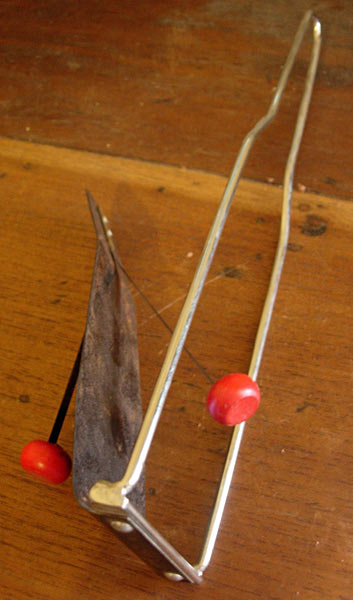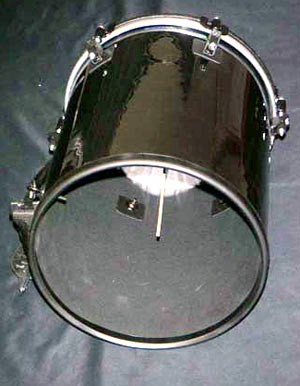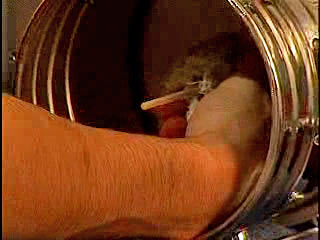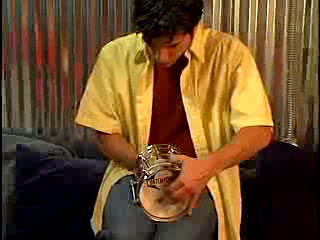There are many clever Lego things on the Web that might encourage grown-ups to drag those dusty boxes out of the attic and make their own tiny Sydney Opera House, PC case, or even alarmingly realistc dissected frog.
You could just about manage a small orrery, or explore the interesting mechanical possibilities of some new non-Technic pieces, or make a zombie diorama or Moonbase module. Or, conceivably, even make a dual-rotor helicopter. It'd even be within the bounds of human belief that you could make a Lego ukelele, which is both easier to build and better-sounding (MP3) than the Lego harpsichord.
And, of course, just building a packaged set isn't very difficult, even if it's one of the Star Wars giants or the upcoming monster Technic Unimog.
But then, there's the stuff people build that clearly makes anything you could possibly create look like the Lego models small children make, of which you have to say "wow, that's a really great, um..." to prompt the child to tell you whether you're looking at a spaceship or a giraffe.
Look at this model of the Jeep Hurricane concept car, for instance. It doesn't have as many features as the actual car, but it has about as many as are physically possible.
Or this StarCraft Siege Tank with working deploy function.
Or this Pilatus PC-21, which would probably actually fly if Buzz Lightyear asked it to.
Or this little roadster, which contains some remarkably compact mechanisms.
Or this minifig-scale Sand Crawler.
Or this working Super 8 movie projector.
Or this outrageous sports car.
Or this gigantic Porsche.
Or this quad-delta-robot brick-sorting workcell.
(As you may have noticed, many of the above links lean very hard on the excellent TechnicBricks blog.)
But perhaps these models are like Raven from Snow Crash. They just relieve you of the vague dissatisfied uncertainty that you might, given the right set of circumstances, become the world's greatest Lego badass, if you tried really really hard.
Now, you can be happy as one of the crowd, with the heights of Lego achievement as safely out of reach as a three-minute fifty-second mile, climbing all of the eight-thousanders without oxygen, or memorising a shuffled deck of cards in 22 seconds.
And then you can get on with making something fun. Possibly out of only two pieces.






